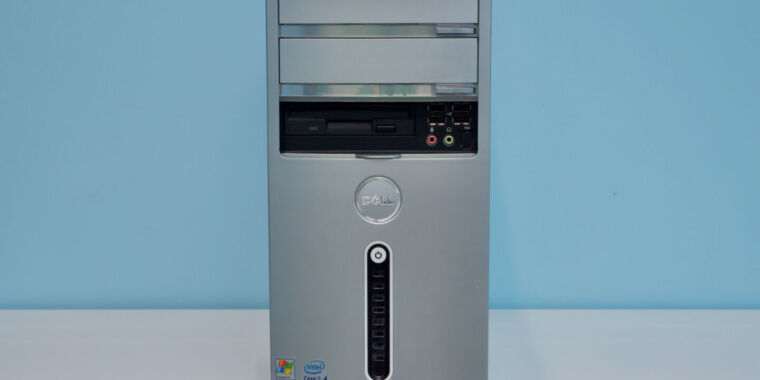

You got downvoted, but that’s literally who’s catch phrase it is. ¯\_(ツ)_/¯
do hack to make software run on unsupported hardware
software stops working with update
surprised pikachu
“this is why i switched to linux” no shut up lol. this is not an issue for any average user and if you had the ability to hack the TPM requirements you have the ability to fix your borked install. this issue affects no one else. 🙂🙂🙂
I agree with you, but did you read the article? This is about a specific CPU instruction, not TPMs.
In modern x86 CPUs, POPCNT is implemented as part of the SSE4 instruction set. For Intel’s chips, it was added as part of SSE4.2 in the original first-generation Core architecture, codenamed Nehalem. In AMD’s processors, it’s included in SSE4a, first used in Phenom, Athlon, and Sempron CPUs based on the K10 architecture. These architectures date back to 2008 and 2007, respectively.
yeah i did read the article. to clarify for anyone confused, folks are already bypassing the TPM requirement to get these windows installs working in the first place. the POPCNT instruction issue is only affecting installs that are already using this workaround to force W11 to run on a device it doesn’t want to work on.
No, the issue is that Microsoft officially supports only two versions of Windows. And support of the older one is ending next year. They are forcing users that are using perfectly capable hardware to artificially switch to - for many - needless new hardware.
edit: pls see jj4211s comment for an actual rebuttal. the below is just me being curious and probably ill-informed. i do appreciate your help if you are feeling helpful tho.
please identify the material changes that come with an end of support that force users to artificially switch.
in general i am entirely on the position against ms, but i genuinely do not see any concrete evidence of a “force”; ms’s own lifecycle policy even notes that products will continue to get “security and non-security updates.”
again i am anti-corporate, but i’d very much like to be accurate in my criticism, so any insight into the forces at play are appreciated 🙂




